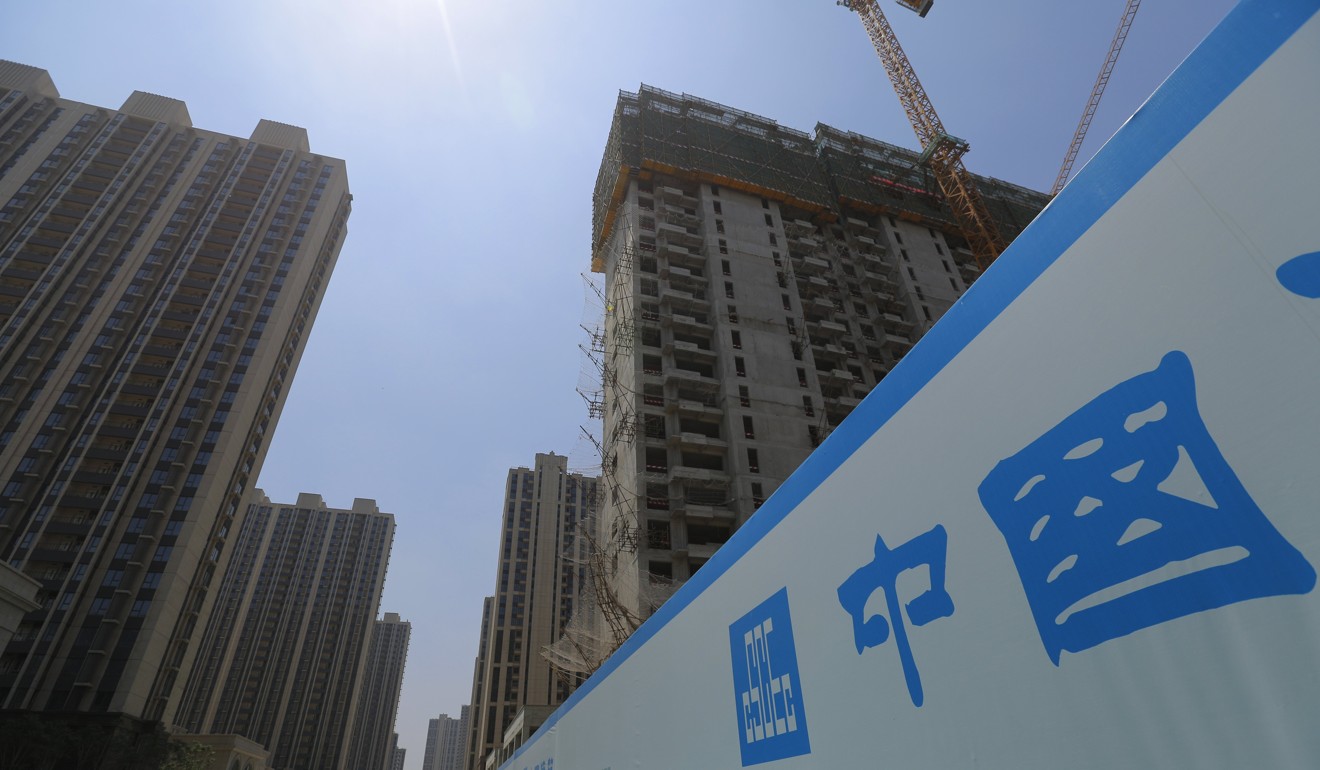
Plunging Chinese rental yields point to property bubbles in major cities
In Xiamen, the city most at risk of a bubble, investors can expect to wait 100 years to recover their initial investment through rent

Home rental yields in Chinese cities, which at certain levels can signify a property price bubble, continued to fall in the past quarter.
The yields in 13 cities slipped below 2 per cent, suggesting an accumulation of risk in the market.
The rental yields in all the first-tier cities – Beijing, Shanghai, Guangzhou and Shenzhen – dropped under 2 per cent, while nine second-tier cities joined them, according to Shanghai-based E-house China R&D Institute, which compiles the data for 50 cities.
The average yields are below the level in major global cities such as New York on 4.7 per cent and Tokyo on 4.3 per cent.
The coastal city of Xiamen recorded the lowest average rental yield of just 1 per cent, meaning investors can expect to wait 100 years to recover their initial investment if they solely rely on rent. Rental yield in Beijing touched 1.4 per cent, the lowest among the first-tier cities, meaning a property’s price is on average 71.4 times its annual rent.

Still, rent growth can’t seem to catch up with price advances.
“Rental yields in first-tier cities have continued to fall for over a year because policies have boosted the number of properties available for rent, which has pushed the average rent down,” said Lai Qin, an analyst with E-house China and one the report’s authors.
Most economists and analysts in China agree that the home price to household income ratio, a widely adopted international metric to gauge home affordability, is not useful in China where income tends to be underestimated and families often pool their incomes to buy homes for their children. Instead, the home price to rent ratio provides a more accurate gauge because it is location- and time-sensitive.
Qiu Baoxing, a former vice housing minister, contends that the home price to rent ratio is more effective in gauging asset bubbles than the home price to income ratio, as the latter reflects the long-term, macro trend. But when it comes to specific location and timing, the home price to rent ratio is more agile and useful.
For him, when the price is 30 times rent or higher, it becomes “dangerous”, he said at a recent forum. In Xiamen, the price is 100 times rent and in Shenzhen the multiple is 66.7 times.
The bubble is already bursting in some previously overheated cities amid stricter purchasing curbs and rising mortgage rates. In Yanjiao, a mega-community near Beijing, secondary home prices fell an average 30 per cent over three months ago, while primary home sale almost ground to a halt after speculative buyers flee the city.